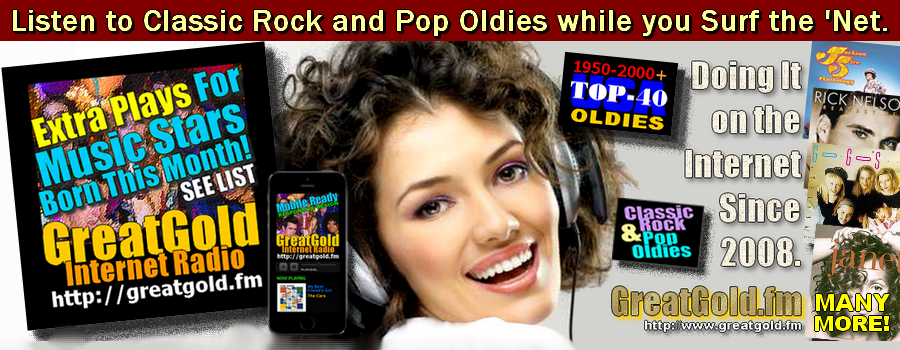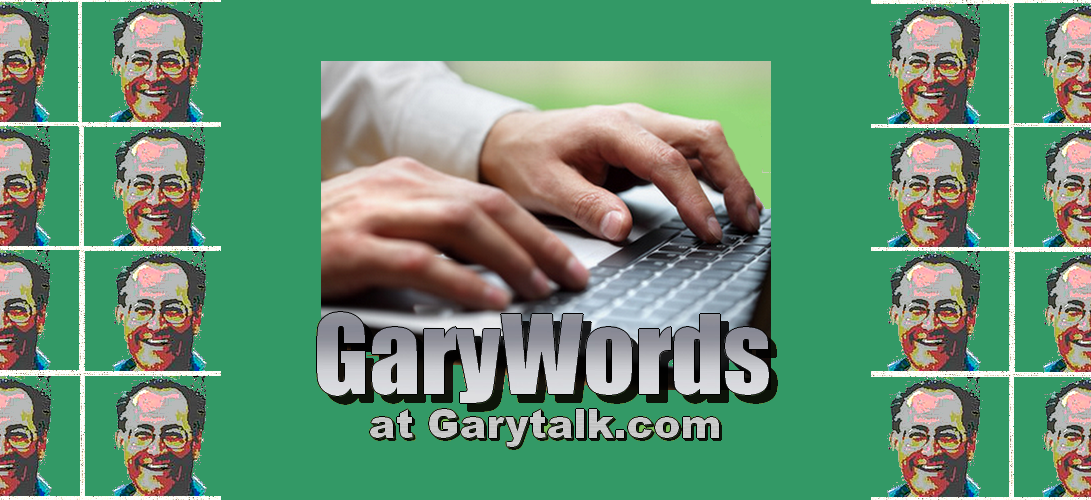GARYTALK.COM (03/16/2016) – A recent study continues to point to the rapid growth of digital mobile phones and the use of smartphones to listen to music. On the surface, this would lead one to believe this would, correspondingly, increase the total audience for “radio” of all kinds, both internet-only, and over-the-air stations that feed their programming onto the internet. However, the increase in music listening on phones does not mean the music being listened to is truly over radio in the traditional “radio” sense. Unfortunately, some internet website marketers call what they offer, “radio”, but that is not always accurate.
 Before the proliferation of music programming over the internet, “radio” was generally thought of as broadcasting a signal over the air that could only be received by real radio equipment in cars, trucks and buildings. Since the internet entered the picture, the definition of “radio” has become completely altered in the minds of a growing number of internet users. True “radio” broadcasts used to consist of programming determined by the source. A person tuning in to radio could only enjoy the programming the program director, management or disc jockey presented.
Before the proliferation of music programming over the internet, “radio” was generally thought of as broadcasting a signal over the air that could only be received by real radio equipment in cars, trucks and buildings. Since the internet entered the picture, the definition of “radio” has become completely altered in the minds of a growing number of internet users. True “radio” broadcasts used to consist of programming determined by the source. A person tuning in to radio could only enjoy the programming the program director, management or disc jockey presented.
That scenario is still the arrangement on the internet, if you are listening to an internet-only radio station, or to a conventional over the air station simulcasting on the internet. The confusion arises if you are listening to what is referred to often as “personalized radio”, or similar term, where you pick out the songs or genres of music, or specific artist, you, as the listener, want to hear, bypassing the expert program efforts of a professional at the station. In the opinion of traditional broadcasters from the “old days”, it is difficult to call the latter type of radio, real “radio”. Personalized radio seems to be, more accurately, like punching in numbers on a jukebox to play only what you are in the mood to hear, often in the exact order that you want to hear the tunes.
I mention this take on changes in the definition of what “radio” is, compared to the early days, when radio was really radio, to point out the confusion some generations within the internet user world can fall into. Even some dictionaries have altered their definition of “radio” overe time, to keep up with perceptions. Now, that the differences between over the air broadcasted radio, internet-only radio stations, and personalized radio have been explored, let’s get on with some of the findings of the most recent study by Edisen Research and Triton Digital:
Powered in part by the ever-expanding proliferation of smartphones, digital audio behaviors such as listening to online radio and podcasts are achieving significant mass usage, according to the Infinite Dial 2016, the latest in a long-running series of studies on consumer adoption of digital media from Edison Research and Triton Digital.
The study, a nationally representative telephone survey performed to the highest research standards, finds that 50% of respondents age 12 and older listened to some sort of online radio in the last week, a rise from 44% last year. With 57% of Americans using online radio monthly, the conversion of monthly to weekly users is now 88%.
Infinite Dial 2016 is the latest report in a series dating back to 1998 that uses the “gold standard” of survey research—a random probability telephone sample, comprising both cellphones and landlines, of all Americans ages 12 or older. The study has become the report card on digital audio and other digital media, and is widely used and quoted by broadcasters, Internet radio, ad agencies, and the financial community.
Among the many other highlights:
- Podcast Listening showed sharp gains on both a monthly basis (17% to 21%) and weekly (10% to 13%). Those who consume podcasts on a weekly basis listened to an average of five podcasts per week.
- In-home Ownership of Over-The-Air Radio receivers has dropped, with 79% of respondents saying they have a radio at home. That number was 96% in 2008. Among 18-34-year-olds, that number is down from 94% to 68% over the same time period.
- Pandora remains the most-known online audio brand with 82% awareness, followed by the retooled Apple Music (67%), iHeart Radio (65%) and Spotify (52%). For listening in the past week, Pandora (32%) has a large advantage over Spotify (13%), but Spotify has narrowed that gap over 2015. Among 12-to-24s, 43% listened to Pandora last month and 30% listened to Spotify.
- Spotify also posted a gain as “Audio Brand Used Most Often,” up 10% to 14%, while Pandora, however, leads strongly with 48%.
- Broadcast Radio is tied for the lead among all sources used for keeping up-to-date with new music. “AM/FM Radio” is used for that purpose by 68% of respondents, the same number that rely on “friends and family.” You Tube is next with 66%. Among 12-to-24s, however, broadcast radio falls to third (58%), behind You Tube (86%) and friends/family (74%).
- Smartphone Ownership has increased from 71% to 76% of all respondents. Among 12-24-year-olds, smartphone ownership rose to 93%, while even respondents age 55 and older cracked the “more than half” barrier, up 45 to 51%.
- On demand video-subscriptions are at 51% of the population; 43% of all respondents subscribe to Netflix.
- Facebook remains the most-used social media brand among all-ages with 64%. But among 12-24s, it has been overtaken by Snapchat (72% to 68%) with Instagram close behind (66%).
A total of 2,001 persons were interviewed to explore Americans’ use of digital platforms and new media. From 1/5/16 to 2/10/16, telephone interviews were conducted with respondents age 12 and older who were selected via Random Digit Dial (RDD) sampling. Interviews were 52% landline phones and 48% mobile phones.
Edison Research (http://www.edisonresearch.com) is, among other things, the sole provider of election exit poll data for the National Election Pool comprised of ABC, CBS, CNN, FOX, NBC and the Associated Press.
Triton Digital (http://tritondigital.com) has connected audio supply to advertising demand since 2006, providing the technical backbone for the digital audio marketplace.









